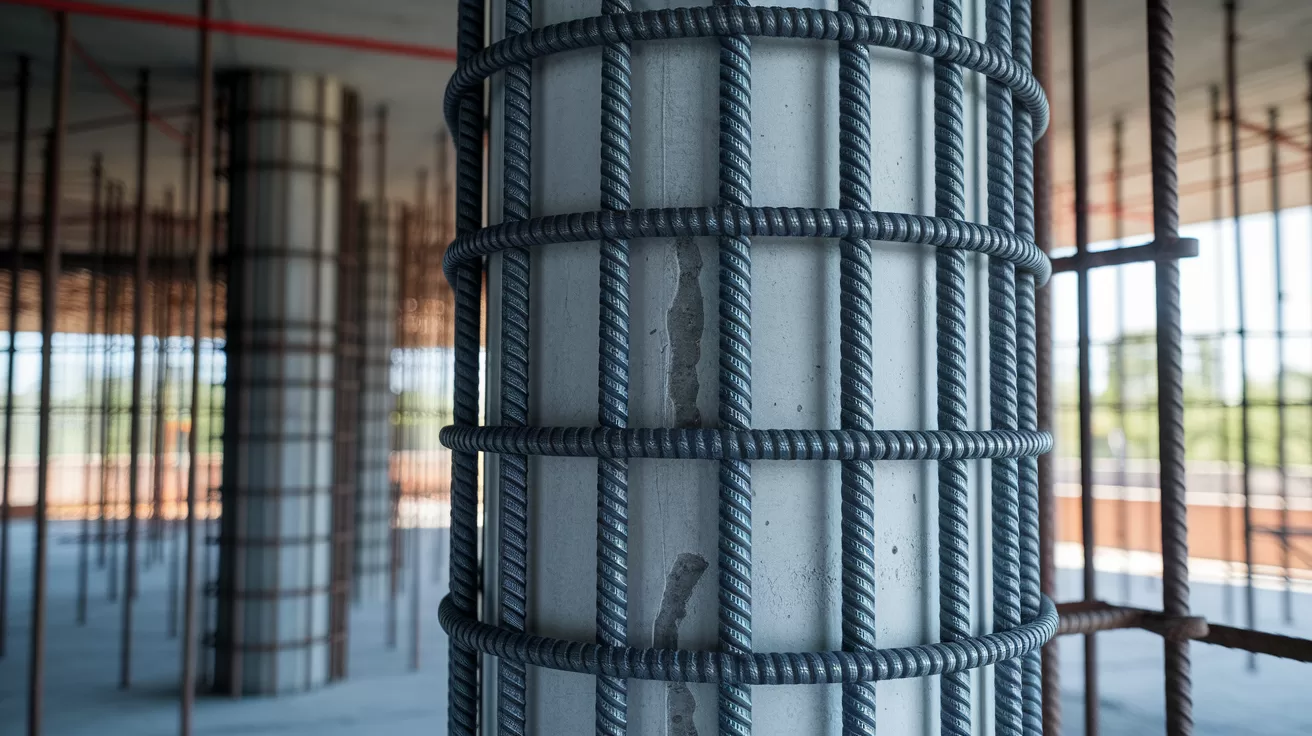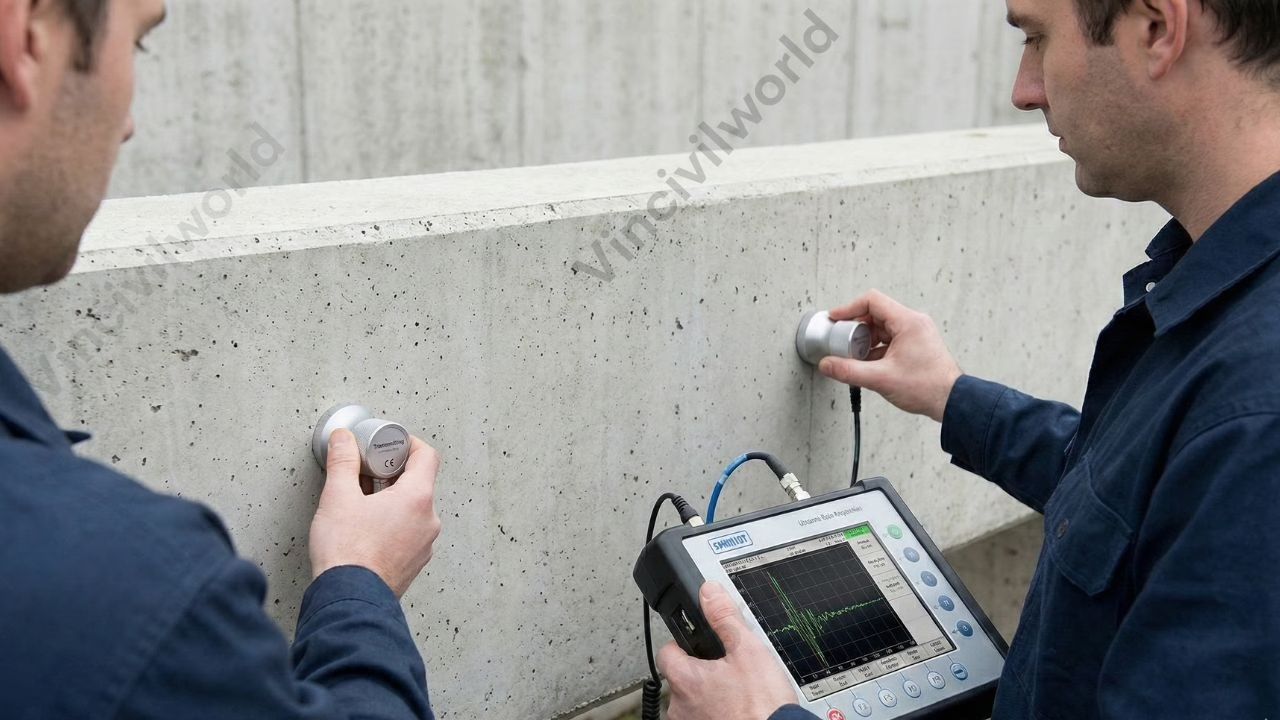Compaction factor test is conducted to determine the workability of the concrete. Compaction factor test is a lab test and is generally conducted on concrete samples having very low workability.
Concrete is designed for a particular strength. The total structural stability is dependent on a good quality concrete. That is why quality control is one of the most important aspects taken into account during the production of concrete . A little variation in water to cement ratio, ingredient proportioning, increase in slump etc will have a major impact on the desired strength of the structure which in turn affects the structural stability.
Quality tests on concrete
Following are the stages of quality tests
- Production stage quality tests ( On fresh concrete before placing)
- Hardened stage quality tests ( hardened concrete specimens)
- On structures ( tests done on the structures )
Production stage quality tests to determine workability of fresh concrete
- Slump test
- Compaction Factor test
- Vee- Bee Test
- Kelly ball test
- Flow table test
This article is about Compaction factor test.
Significance of compaction factor test
Concrete is designed for a strength. The total structural stability is dependent on the concrete quality and strength. Because of that, the concrete quality has to be controlled and ensured in the production stage. Even marginal variations in water to cement ratio, ingredient proportioning, increase in a slump, etc. tend to impact the desired concrete strengths.
Compaction factor test.
Compaction test is for determining the workability of concrete. Workability of concrete is defined as the ease and homogeneity with which a freshly mixed concrete or mortar can be mixed, placed, compacted and finished. Strictly, it is the amount of useful internal work necessary to produce 100% compaction.
Compaction factor test is developed by road research laboratory UK and is precise and accurate than slump test. The test is done when the concrete is to be compacted by vibration and continually fail to slump.
Also read : Bitumen – 9 lab tests on bitumen for flexible pavements.
Also read : Timber – Five important quality tests
Compaction Factor Test – Relevant IS code
IS: 1199- 1959
Apparatus used


- Compacting factor apparatus
- Cylindrical mould
- Hand scoop
- Trowel
- Weighing machine
The figure shows the dimension of the hopper and the mould. The inside area of the hopper should be smooth. The apparatus is made of bronze or cast brass. At the lower ends of the hopper, there is a trap door with a 3mm thickness. A rigid frame attaches the hoppers and cylinder. After the completion of mixing, the test is conducted at a constant time interval.
Test procedure
- Place the sample in the upper hopper of the apparatus using a hand scoop.
- Fill the hopper with its brim level and open the trap door.
- Then allow the concrete to fall into the lower hopper.
- Immediately after the concrete rests, uncover the cylinder and open the lower trap door.
- Cut off the excess amount of concrete above the cylinder using the trowel.
- Then weigh the concrete in the cylinder nearest to 10g. This is the weight of partially compacted concrete.
- Refill the cylinder with the same sample in the layers and the layer is heavily rammed or vibrated for full compaction.
- Then weigh the fully compacted concrete and the weight of the empty cylinder.
- Finally, Compute the compaction factor using the formula.
The compaction factor is the ratio of partially compacted concrete to fully compacted concrete.
Compaction factor = (W1 – W) / (W2 – W)
The compaction factor value varies from 0.7 to 0.95.



5 thoughts on “Compaction factor test – Workability of concrete-Test procedure”
Comments are closed.